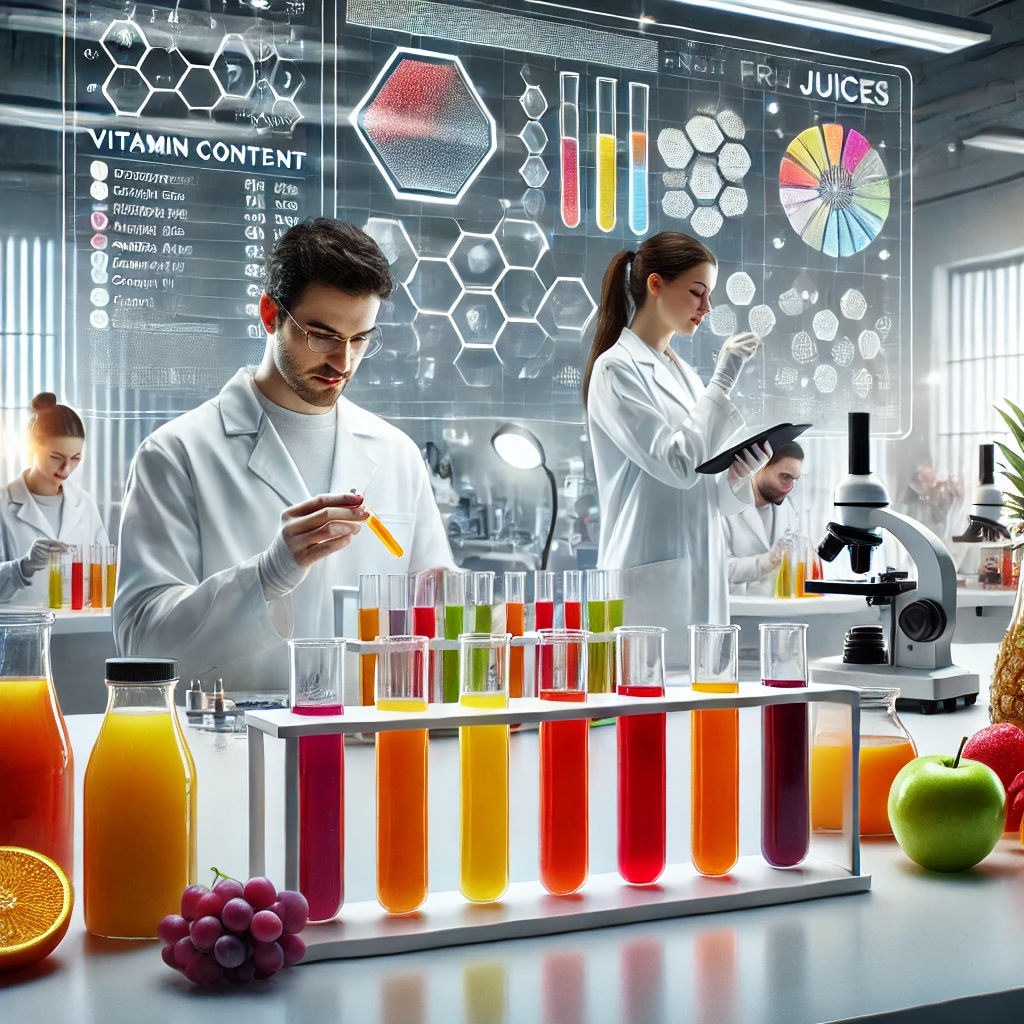The juice testing market is projected to grow from USD 0.86 billion in 2025 to USD 1.28 billion by 2030, reflecting a compound annual growth rate (CAGR) of 8.2% during the forecast period. This growth is driven by rising consumer demand for food safety, heightened health awareness, and stringent regulatory standards that manufacturers must meet. Growing concerns over food contamination, fraud, and allergen-related recalls are pushing the adoption of advanced testing solutions. Moreover, increasing juice production, especially across emerging economies, along with tighter international trade regulations, is prompting manufacturers to invest in credible and comprehensive testing systems to ensure safety, quality, and global market access.

Juice Testing Market Drivers: Rising Incidence of Contamination and Stricter Regulations
Public health concerns surrounding juice contamination have significantly influenced market growth. Historical outbreaks—such as the 21 juice-related incidents reported by the CDC in the U.S. between 1995 and 2005—have been linked to pathogens like E. coli O157:H7, Salmonella, and Cryptosporidium. These events primarily involved apple and orange juices. In response, the U.S. FDA implemented Hazard Analysis and Critical Control Point (HACCP) regulations for juice safety from 2002 to 2004.
Today, regulatory agencies worldwide, including the FDA, EFSA, and FSSAI, continue to mandate rigorous safety standards. These regulations, coupled with consumer demand for safer beverages, have driven growth in microbial and contaminant testing services, reinforcing the crucial role of testing in protecting public health and maintaining industry compliance.
By Product Type: Fruit Juice Leads the Market
Fruit juice is anticipated to remain the dominant product category, driven by high global consumption, especially among children and health-focused adults. Common juices like apple, orange, and mango are particularly susceptible to microbial and chemical contamination, necessitating comprehensive testing—from microbial detection to pesticide residue analysis and quality assessment.
The growing popularity of cold-pressed and unpasteurized juices, which carry additional contamination risks, is further increasing the demand for robust testing. With evolving regulatory frameworks across different regions, fruit juice testing is expected to generate the highest revenue in this segment.
By Test Type: Microbial Testing Dominates
Microbial testing holds the largest share of the juice testing market. Contaminants such as E. coli, Listeria, and Salmonella pose serious health risks and frequently lead to costly recalls. Regulatory bodies require thorough microbial testing protocols, which typically include total viable counts, coliform detection, and pathogen screening using PCR, ELISA, and culture-based methods.
As consumer safety and regulatory enforcement intensify, microbial testing continues to be the cornerstone of juice safety assurance, ensuring public trust and product integrity.
Europe: Leading the Global Juice Testing Market
Europe is expected to dominate the juice testing market during the forecast period. This leadership is fueled by a combination of strict regulatory oversight, high consumer expectations for quality, and a well-established testing infrastructure. Testing regulations in Europe are enforced both at the EU level by the European Food Safety Authority (EFSA) and at the national level by individual member states.
Manufacturers across Europe are mandated to carry out comprehensive testing, including microbial, chemical, and allergen screening, to comply with evolving safety regulations and meet consumer demand for high-quality products.
The report profiles key players such as Eurofins Scientific (Luxembourg), SGS Société Générale de Surveillance SA (Switzerland), ALS (Australia), Intertek Group plc (UK), Mérieux NutriSciences Corporation (France), Certified Group (US), TÜV SÜD (Germany), Symbio Labs (Australia), Alfa Chemistry (US), FoodChain ID (US), AGQ Labs (Spain), Tentamus (Germany), LAUDA DR. R. WOBSER GMBH & CO. KG (Germany), Centre Testing International (China), and Agilent Technologies, Inc. (US).
